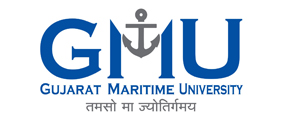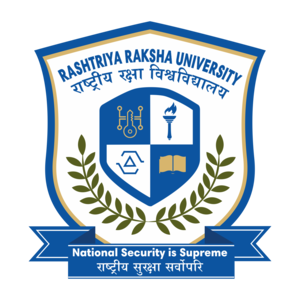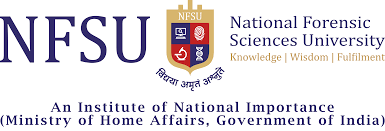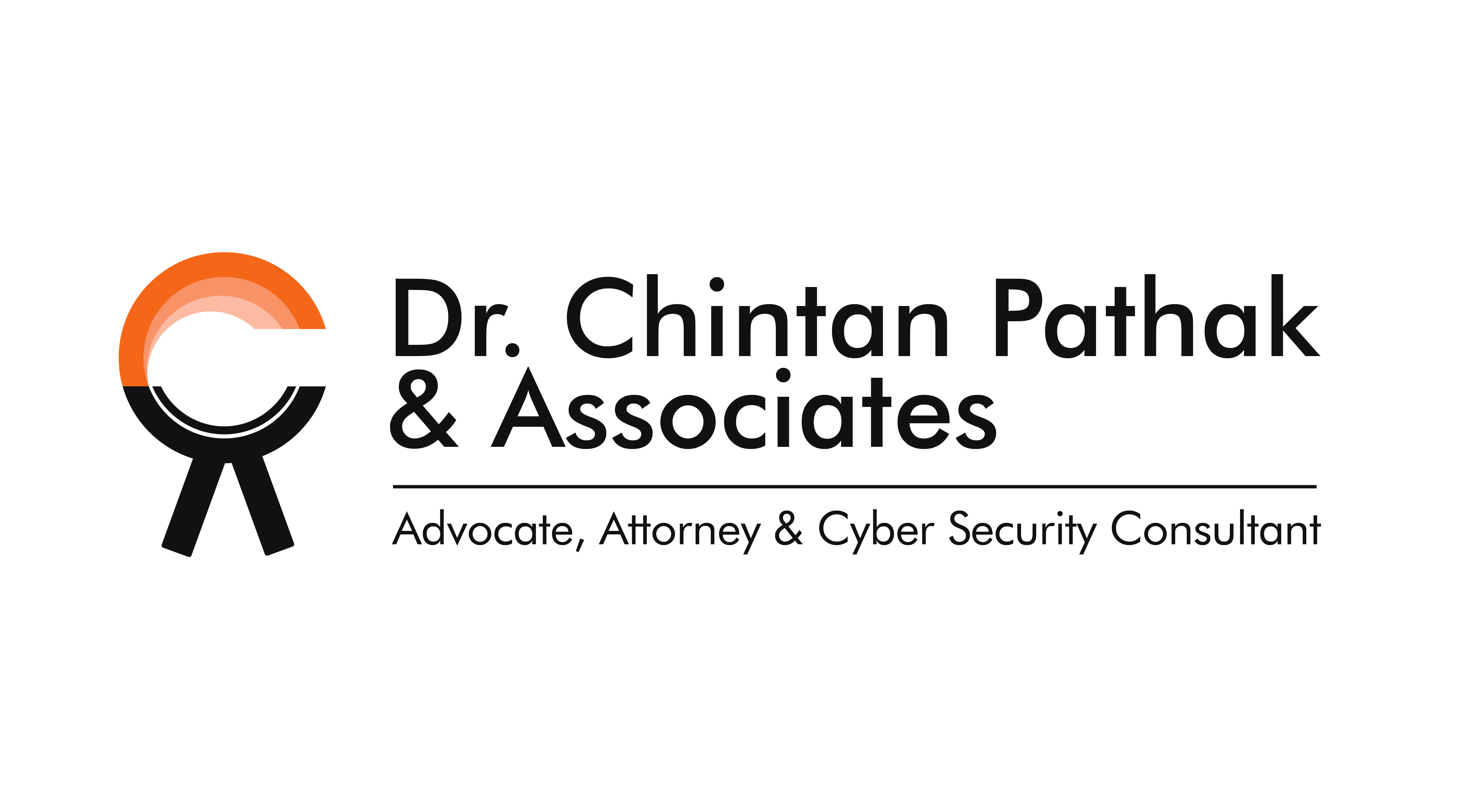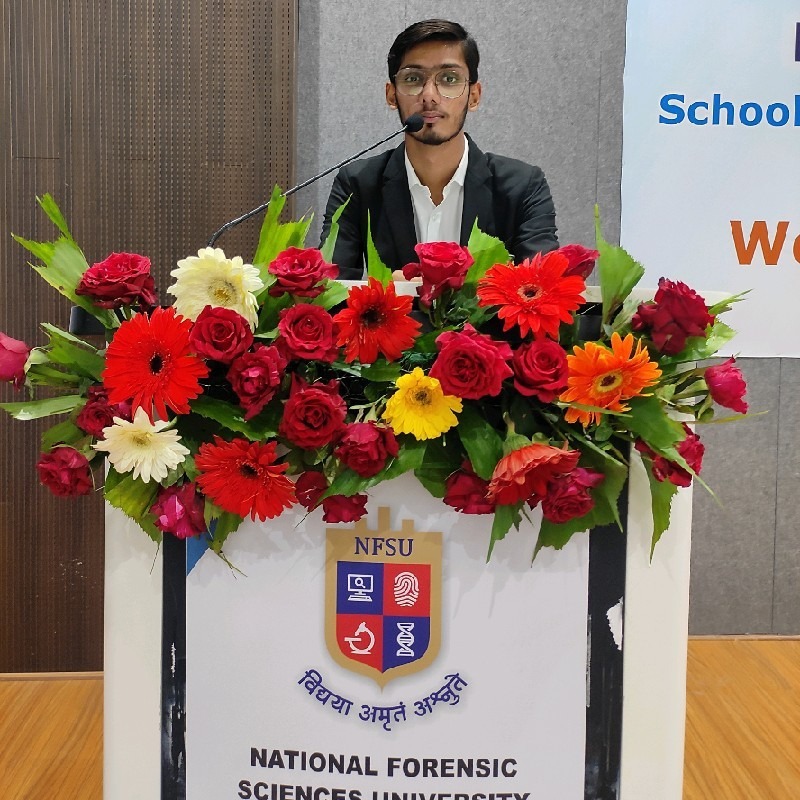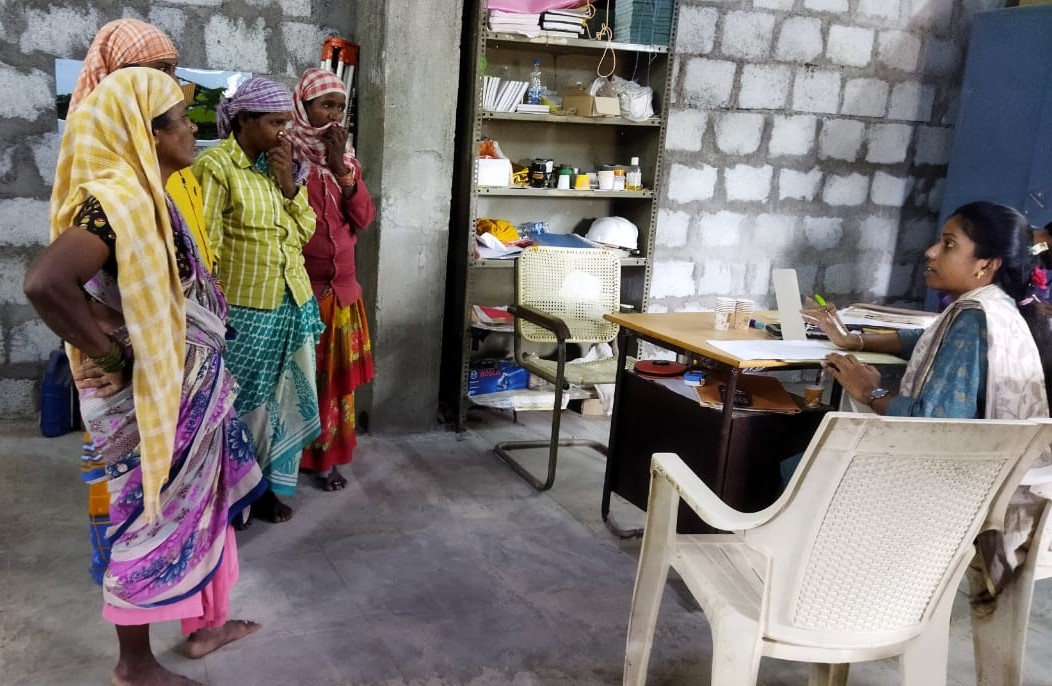
Challenging Dimension of the Problem of Drug Abuse in India : A Socio-Legal Analysis
Challenging Dimension of the Problem of Drug Abuse in India : A Socio-Legal Analysis
- Rudrakshi M Mendhe, Dr. Baba Saheb Ambedkar College of Law, Nagpur
Drug abuse is a process of misuse of the drug in various ways, addicts are using a substance that is easily available like cough syrups, pain killer ointments, glue, colophony, paints, gasoline, and cleaning fluids. Whitener, alcohol, tobacco, hard and soft drugs are commonly being used by street and working children. Drug abuse has become a big problem in our country especially in these state Manipur, Mizoram, Nagaland, Himachal Pradesh, Punjab, Haryana, and Western Rajasthan. Punjab and Manipur are at the top of this list.
At present, drug abuse is being seen as a complex problem because it is internally linked with other serious crimes such as organized crimes, human trafficking, and money laundering. The seriousness of this problem can be traced to the information provided by the National Crime Records Bureau (NCRB) that in 2010 and 2009, Narcotics of Rs.19.51 crore and Rs.17.05 crore were seized. Drug abuse may decrease the memory of the user and it can take the life of the user. It may be a cause of various diseases like HIV/AIDS, heart attack, cancer, etc.
This study is focusing on various aspects of drug abuse like forms of drug abuse, causes of drug abuse, and trying to provide suggestions to curb the problem. Drug abuse is a stigma for every country, especially it is very bad for developing countries like India. There are many reasons to make Drug Abuse an illegal activity, some of them are – Abuse of the drug is injurious to health which can take the life of a person and it is very important to make aware too young people to the danger of misuse of the drug. India n Constitution has also prohibited the misuse of drugs, under Article 47 it is the responsibility of the state to prohibit the misuse of drugs. Besides these problems and preventive measures, we are still facing the problem of drug abuse, so there is a need for a study on drug abuse. This study is focusing on the problem of drug abuse in the present scenario, its causes, and suggestions to curb it. Drugs are being used in various forms we can categorize it in three ways, the first category is of drugs which are being used usually like - cough syrups, pain killer ointments. The second category is of those things which are being used for intoxication like - alcohol, tobacco, cocaine, heroin, cannabis, opium. The third category is of those things which are not an alcohol or drug but it can be used for intoxication like - glue, colophony, paints, gasoline and cleaning fluids, whitener. Statutory provisions in India The Indian legislature is constantly trying to eliminate the problem of misuse of drugs by making the law to achieve the goals of international treaties and conventions under which India is a signatory country.
These international treaties and conventions are as follows:-
1.Convention on Narcotic Drugs, 1961.
2.Convention on Psychotropic Substances, 1971.
3.Convention against Illicit Traffic in Narcotic Drugs and Psychotropic Substances, 1988.
4.Transnational Crime Convention, 2000. Indian Parliament has enacted two
Central Acts:-
1.The Narcotic Drugs and Psychotropic Substances Act, 1985, and
2.The Prevention of Illicit Traffic in Narcotic Drugs and Psychotropic Substances Act, 1988.
CAUSES OF DRUG ABUSE IN INDIA:-
There are various causes of drug abuse in India, it can be categorized as social, economic, and mental causes. These causes are mentioned as below:
Social Causes-
In social causes, we can discuss all those social problems which are the basic causes of drug abuse. A poor relationship with parents is responsible for drug abuse among children, in most of the families we can see a huge lack of communication between child and parents and these things leads the child towards drug abuse. Sometimes we can see it become a trend among friends to take drugs by the influence of those friends who are usually taking drugs. Drug users are taking drugs because it is easily available, we can see in the border area the people are taking drugs on a large scale because it is easily available in those areas. Few of drug users are taking drugs because of their atmosphere, usually, we can see it in those people who are growing up in a home where alcohol and drug abuse is considered as normal behavior. Nowadays people are engaged in love affairs, the loss of a loved one, and depression attracts a man more and more to the misuse of a substance. Unusual lifestyle is also responsible for drug abuse, usually, it is found in sex workers, transportation workers, and street children.
Economic Cause-
In India poverty is a curse because it creates various problems one of them is drug abuse, financial worries lead people towards drug abuse because of mental pressure. People are producing narcotic drugs to increase income, so the production of narcotic drugs is responsible for the misuse of drugs.
Mental Causes-
There are mental causes which lead a person towards drug abuse situation of sadness, depression, and stress are common causes for drug abuse. Sometimes users are misusing drugs because of low self-respect. Nowadays academic pressure is also creating stress because of this the people are misusing drugs.
LEGAL FRAMEWORK:-
Narcotic Drugs and Psychotropic Substances Act, 1985 India is a party to the three United Nations drug conventions – the 1961 Single Convention on Narcotic Drugs (1961 Convention), the 1971 Convention on Psychotropic Substances (1971 Convention) and the 1988 Convention against Illicit Traffic in Narcotic Drugs and Psychotropic Substances (1988 Convention). Domestic legislation to give effect to these treaties was introduced only in the 1980s when the ‘grace period’ for abolishing non-medical use of cannabis and opium under the 1961 Convention expired. Exercising its powers to make law for the country for implementing "any treaty, agreement or convention or decision made at the international conference",the Indian Parliament passed the Narcotic Drugs and Psychotropic Substances Act, 1985 (NDPS Act) hastily, without much debate. The NDPS Act came into force on 14 November 1985, replacing the Opium Acts and the Dangerous Drugs Act. The 1940 Drugs and Cosmetics Act, 1940, however, continue to apply.
The official record states that the NDPS Act was enacted to provide adequate penalties for drug trafficking, strengthen enforcement powers, implement international conventions to which India was a party, and enforce controls over psychotropic substances. The Act was amended in 1989, 2001, and more recently in 2014.
The NDPS Act prohibits the cultivation, production, possession, sale, purchase, trade, import, export, use, and consumption of narcotic drugs and psychotropic substances except for medical and scientific purposes by the law. Accessory crimes of aiding and abetting and criminal conspiracy attract the same punishment as the principal offense.
The Act covers three broad classes of substances:-
1)narcotic drugs, that is, those covered under the 1961 Convention;
2)psychotropic substances or those covered under the 1971 Convention as well as other psychoactive substances such as ketamine which are not yet classified under international conventions; and
3)“controlled substances ”that are used to manufacture narcotic drugs or psychotropic substances, for example, precursor chemicals such as acetic anhydride, ephedrine, and pseudoephedrine.
GOVERNMENT INITIATIVES:-
A comprehensive service delivery mechanism has been set up by the Ministry of Social Justice and Empowerment, Government of India
1)A nation-wide network of about 350 NGOs running more than 400 Integrated Rehabilitation and Treatment (IRCA) centers, with the financial assistance of the Ministry.
2)Works on-premises of effective handling of the psycho-social & medical problem through community-based intervention.
3)The average bed capacity of de-addiction centers is about 6000 for in-patient treatment.
CONCLUSION AND SUGGESTIONS:-
Drug abuse is illegal because of various reasons, so it should be prevented. We have various obligatory laws to prevent it but we are still facing the problem of drug abuse because of lack of implementation and lacunae in existing laws. In Bachpan Bachao Andolan v. Union of India & Ors., Supreme Court directed to the State to curb the child trafficking and drug abuse, for drug abuse among children court suggested the following things:
1.A national action plan on substance abuse is required.
2.There is a need for counseling and rehabilitation to a child affected by drug abuse.
REFERENCES :-
1.Dharmendra Kumar Kumawat & Deepak Kumar, Challenging Dimension of the Problem of the Drug Abuse in India: A Socio-Legal Analysis, 4 SCHOLARLY RESEARCH JOURNAL FOR HUMANITY SCIENCE & ENGLISH LANGUAGE 1, 4 http://oaji.net/articles/2017/1201-1509102311.pdf.
2.Reasons for Substance Abuse, http://alcoholrehab.com/drug-addiction/reasons-for-substance-abuse/.
3.Charles, M., Bewley-Taylor, D. & Neidpath, A., Drug policy in India: Compounding harm?, The Beckley Foundation Drug Policy Programme, Briefing Paper Ten, BECKLEY FOUNDATION (October 2005), https://beckleyfoundation.org/policy/global-initiative-for-drug-policy-reform/.
4.INDIA CONST. art 253.
5.NDPS Act, 1989, Section 80.
6.NDPS Act, 1989, Section 8.
7.NDPS Act, 1989, Sections 28, 29and 30.
8.NDPS Act, 1989, Section 2 (vii).
